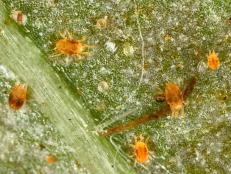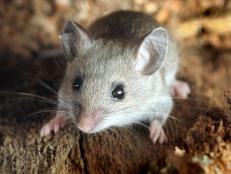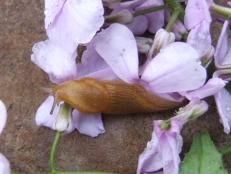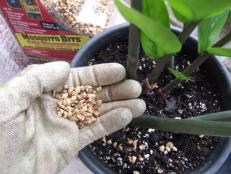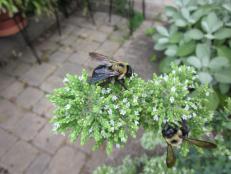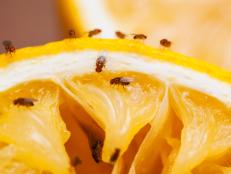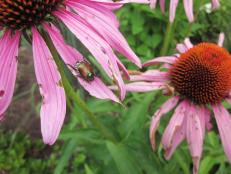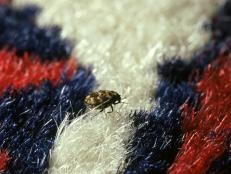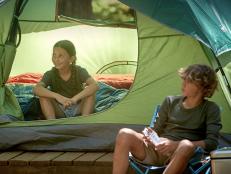How to Get Rid of Spiders
Learn how to capture spiders indoors and manage potential infestations with these simple, natural tips.

You may not be thrilled to hear this, but spiders are everywhere. It's not at all uncommon to find them in and around your home, especially in basements, garages or other dark nooks. They're outdoors (obviously) and you might readily find them in wood piles, around picnic tables or thriving in sheds.
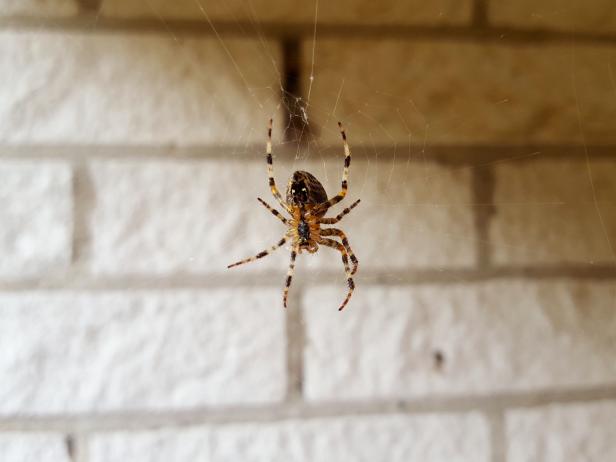
Magda van der Kleij
Spiders are everywhere, including inside your own home.
Not only do spiders seek dark and sheltered spaces from the elements, but they might be drawn to scents around the home as well. There are many simple steps you can take to manage indoor spiders before you have an infestation. Many tactics involve natural repellants and proactive solutions that are manageable and make a big difference.
How Do Spiders Get in Your Home, Anyway?
Finding a mature spider or the start of an infestation in your home can rattle even the bravest homeowners. You might wish to think that your home is impervious, so how did it get inside?
- Anything coming and going from your home can transfer spiders. Spiders may accidentally be carried indoors on a person, pet, patio accessories or even on a houseplant that you move outside to the porch for a day in the sun.
- Spiders climb into a structure through vents and through accessible cracks. Homes are the ultimate shelter for many creatures — warm and protected from the elements.
- Spiders can climb through damaged window screens or through gaps around windows and doors.
- Spiders follow smells. Actually, scientists like spider biologist Fiona Cross have learned that spiders track smells because they know the smells also lure their prey. (This research supports efforts to reduce malaria levels carried by mosquitos and helps us understand the correlation between arachnids and insects in our lives.)
The good news? Most spiders are harmless.
Which Spiders Are Dangerous?
Some spider bites can irritate the skin and cause welts or rashes, but there are primarily two poisonous spiders in North America that are harmful to humans: Black widow spiders (Latrodectus mactans, Latrodectus variolus) and brown recluse spiders (Loxosceles reclusa). Common house spiders (Achaearanea tepidariorum), such as the cellar spider, are not dangerous. Nor is the wolf spider (though we know they make even the bravest feel taken aback).
Here's how to spot black widows and brown recluse spiders:
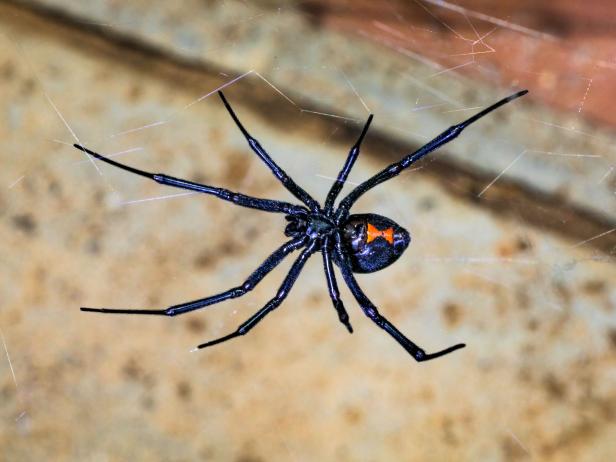
phonecat
Southern black widow spider with a defined red hourglass marking in a web.
Black Widow Spiders
- Geography: Most common in the southern United States. They are specifically found in warm, dry climates; however, the northern black widow spider exists in the northern states and southern territories of Canada.
- Markings: The southern black widow spider (Latrodectus mactans) is black with a defined red hourglass shape on its body. The northern black widow spider (Latrodectus variolus) is black or darker brown with a broken hourglass, presenting as a few dots on the body that are close to connecting.
- Bites: Read about black widow bite symptoms and care options at MayoClinic.org.
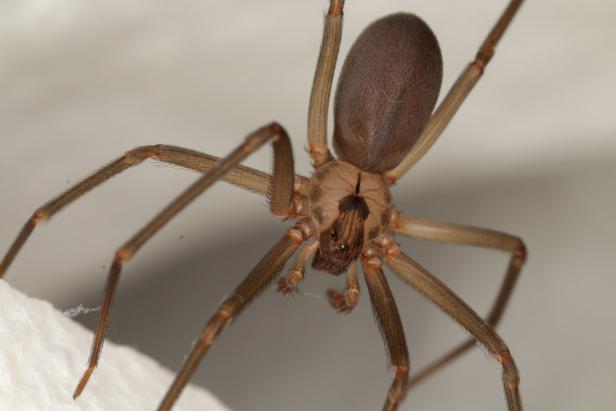
Nick626
A brown recluse spider with a defined violin-shaped marking.
Brown Recluse Spiders
- Geography: Common in warm climates in the United States, but not limited to the South. They can be found as far north as Ohio and Indiana and to the south through Texas and Alabama.
- Markings: Brown or tan body with a darker symmetrical mark on the back of its head. The defining mark is shaped like a violin or like a butternut squash with a stem.
- Bites: Read about brown recluse spider bite symptoms and care options at MayoClinic.org.
Natural Repellents vs. Insecticide
- Use scent deterrents. Spiders don't like strong scents. Diffusing essential oils in your home or targeting entrance points with a diluted spritz of oils in water can help naturally deter them. Consider strong (but pleasant) scents like peppermint, tea tree, eucalyptus, cinnamon, lemon or lavender. No essential oils? Spray 1:1 water and white vinegar for the same effect.
- Do not use broad chemical sprays indoors to manage a spider infestation, as they can be toxic to humans and pets. Instead, opt for sticky traps or sprays that are targeted and precise.
- Fogging or blanketing exterior walls with insecticide is not more effective than sprays that target a problem area.
- Use insecticides for poisonous spiders. If you have identified a black widow or brown recluse spider, use a targeted insecticide spray to immediately kill them. Do not attempt to relocate the spider out of your home while it is alive.
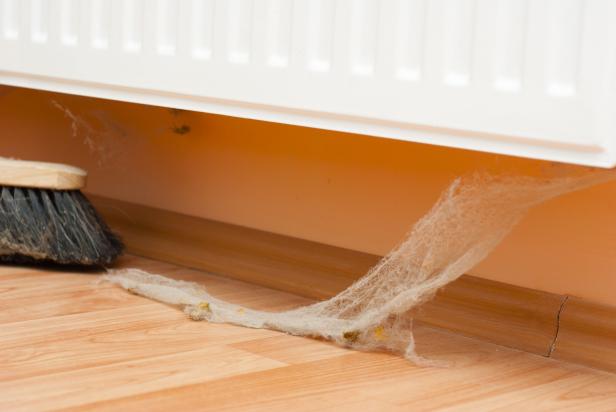
images72
Sweep and vacuum around floorboards and under furniture to remove hidden spider webs.
Spider Prevention Tips
- Use Diatomaceous Earth. This affordable powder is made of crushed siliceous rocks. Upon contact, insects (not just spiders) receive micro-lacerations that ultimately cause them to die. You can sprinkle diatomaceous earth around the exterior perimeter of your home where you know they are climbing and entering through cracks.
- Vacuum webs on the ceiling, fixtures and around the corners of the rooms in your home.
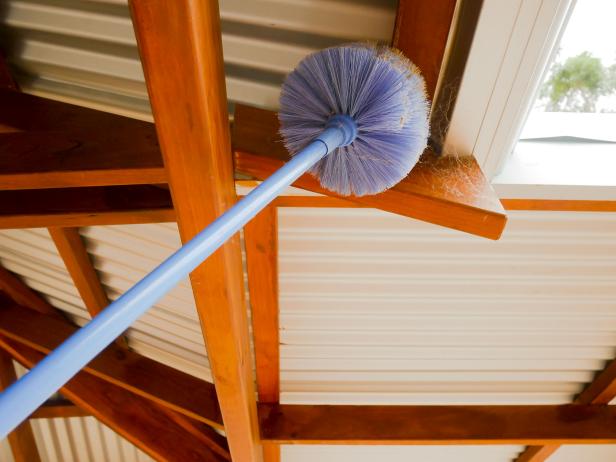
p_saranya
Remove cobwebs around the home using an extension brush.
- Dust the exterior of your home. Use a cobweb duster with an extension pole to remove webs on the outside of your house, such as around fixtures, doorways and beneath eaves
- Manage indoor infestations with sticky, nontoxic traps. Place them in the corners of your room or beneath your beds and sofas.
- Make essential repairs. Fix window screens, check for cracks around the foundation, improve seals around windows and put screens over vents.

%20Taniya%20Nayak,%20Ty%20Pennington,%20Alison%20Victoria,%20and%20Brian%20and%20Sarah%20Baeumler_BOTB_HGTV%20.jpg.rend.hgtvcom.196.196.suffix/1683310636672.jpeg)




